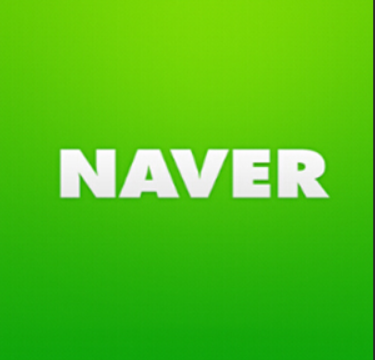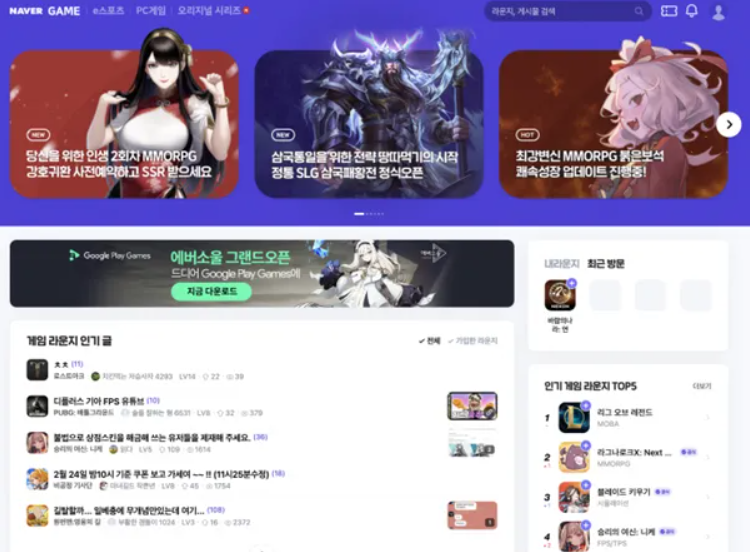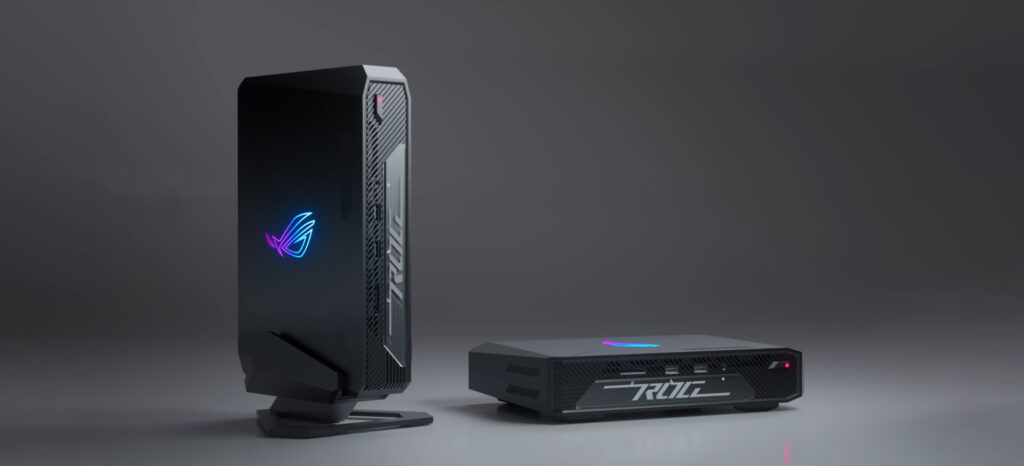Naver: A Gateway to South Korea’s Thriving Gaming Ecosystem
As South Korea’s leading internet platform, Naver (often dubbed “Korea’s Google”) has evolved into a pivotal hub for the country’s gaming industry, shaping everything from community engagement to cross-border game localization. Here’s how Naver continues to redefine gaming experiences in 2024.

1. Naver Game Lounge: The Heart of Korean Gaming Communities
Central to Naver’s influence is Naver Game Lounge, a comprehensive portal integrating forums, news, and user-generated content for both PC and mobile games. With over 800 domestic and international game companies registered as official partners, the platform has become indispensable for community-driven marketing. For instance, Goddess of Victory: Nikke (a Level Infinite title) leveraged Naver Game Lounge to engage Korean players pre-launch, eventually ranking among the platform’s top communities.Developers benefit from features like automatic search result placements, promotional banners, and in-game event coordination, streamlining user acquisition and retention.
2. Strategic Partnerships: Localization and Cultural Adaptation
Naver’s role extends beyond community management. Its collaboration with Chinese developer Kunlun on Brawl with NAVER exemplifies cross-cultural game adaptation. The game introduced Korean-exclusive heroes, redesigned UI/UX, and enlisted top local voice actors to resonate with Korean audiences.Such partnerships highlight Naver’s ability to bridge global IPs with localized preferences—a critical factor for success in Korea’s competitive market.
3. Indie Spotlight: Promoting Narrative-Driven Gems
Naver also champions indie titles. The upcoming Nairi: Rising Tide (a charming puzzle-adventure game) gained traction through Naver’s promotional channels, targeting fans of narrative-driven experiences. Launching on November 14, 2024, the game combines intricate item-based puzzles with a vibrant oasis-city setting, showcasing Naver’s support for diverse genres.
4. Navigating Entry Barriers: Account Verification and Localization
For overseas developers, Naver’s strict real-name verification system poses challenges. Recent success stories, however, reveal strategies: using unmasked IDs (e.g., “LI MING”), submitting translated documents, and emphasizing community-focused intentions (e.g., “using Café features”).Platforms like Meetgames further assist foreign studios in navigating these hurdles, offering end-to-end localization and marketing services.
5. Beyond Gaming: Integrated Tools for Players
Naver’s ecosystem extends to utilities like Naver Map, essential for location-based AR games and event navigation. Its ad-free browsing and real-time translation features enhance accessibility for international gamers exploring Korean titles.

Conclusion
In 2024, Naver remains a linchpin of Korea’s gaming landscape—facilitating community growth, enabling cultural adaptation, and lowering entry barriers for global developers. As titles like Brawl with NAVER and Nairi: Rising Tide demonstrate, collaboration with Naver isn’t just an option; it’s a strategic imperative for anyone eyeing the Korean market.

